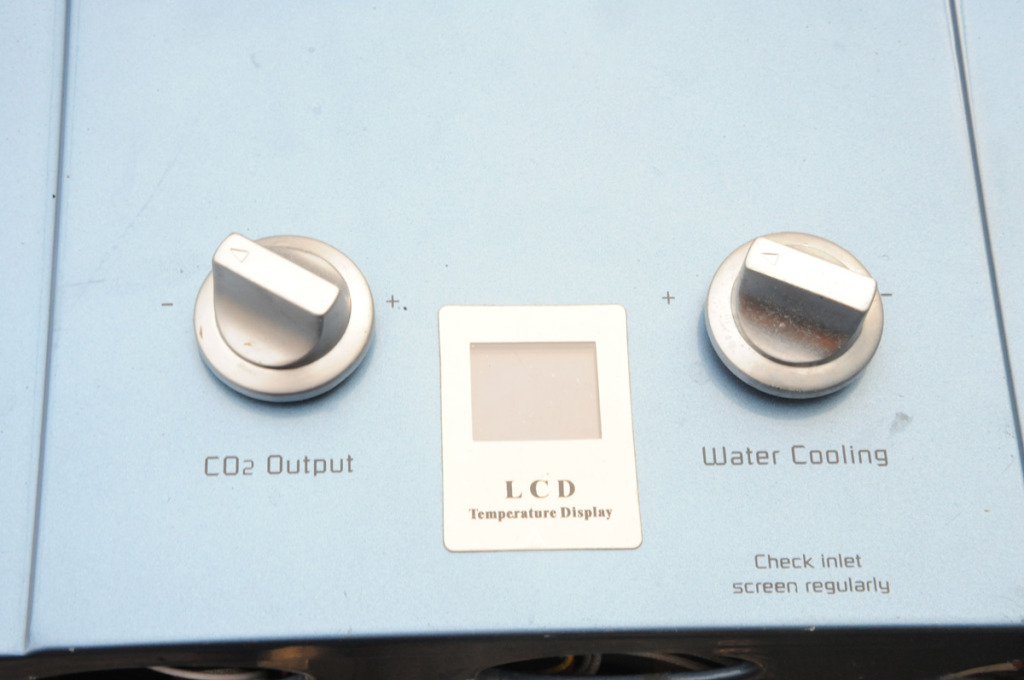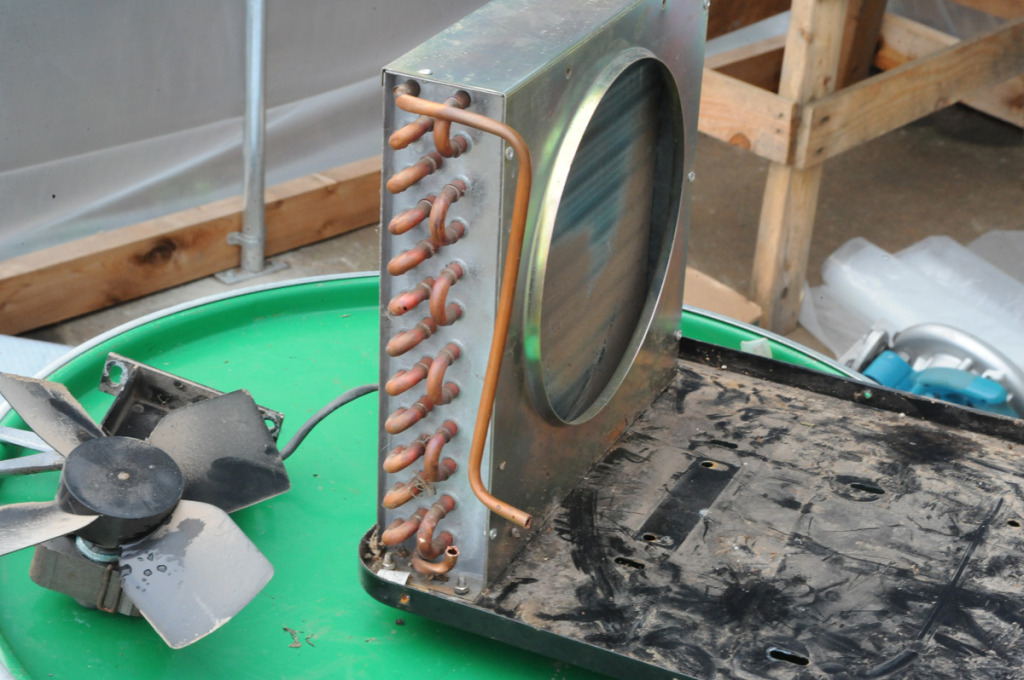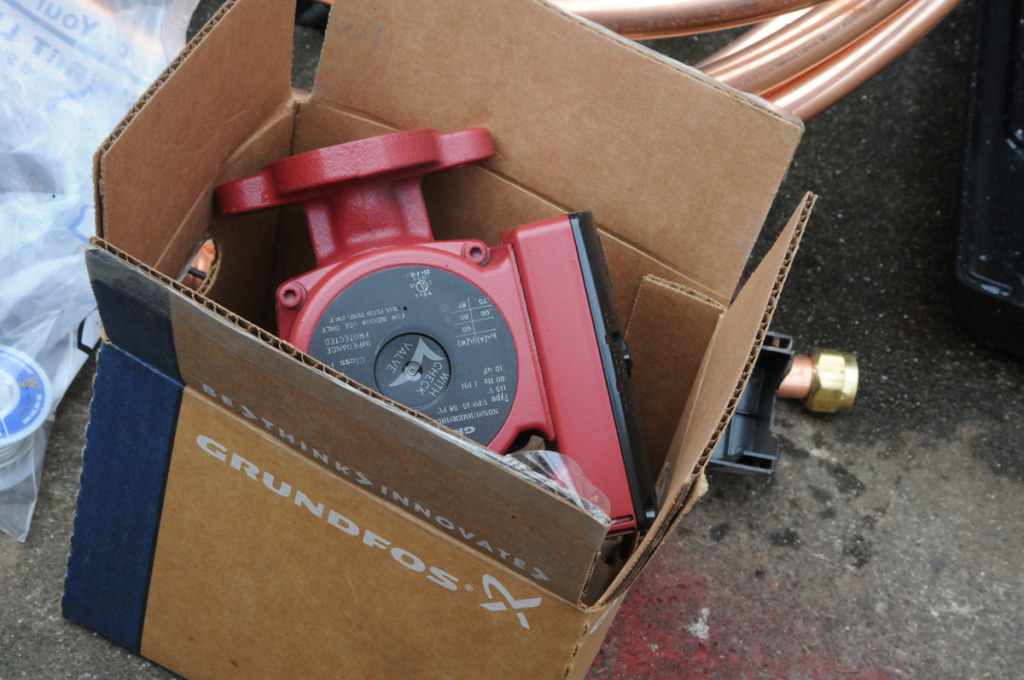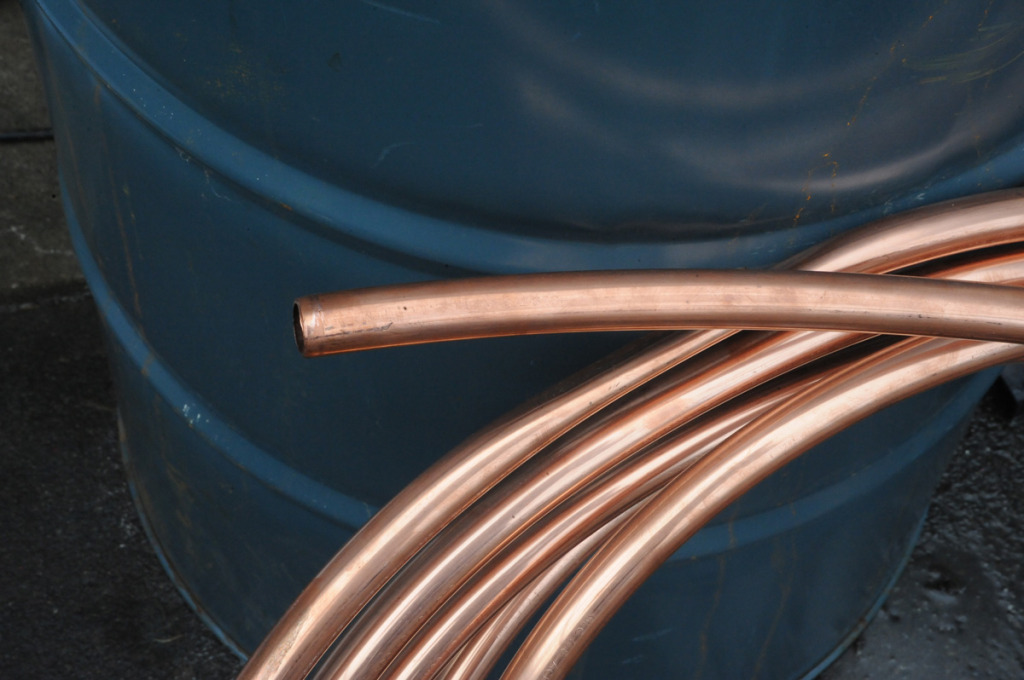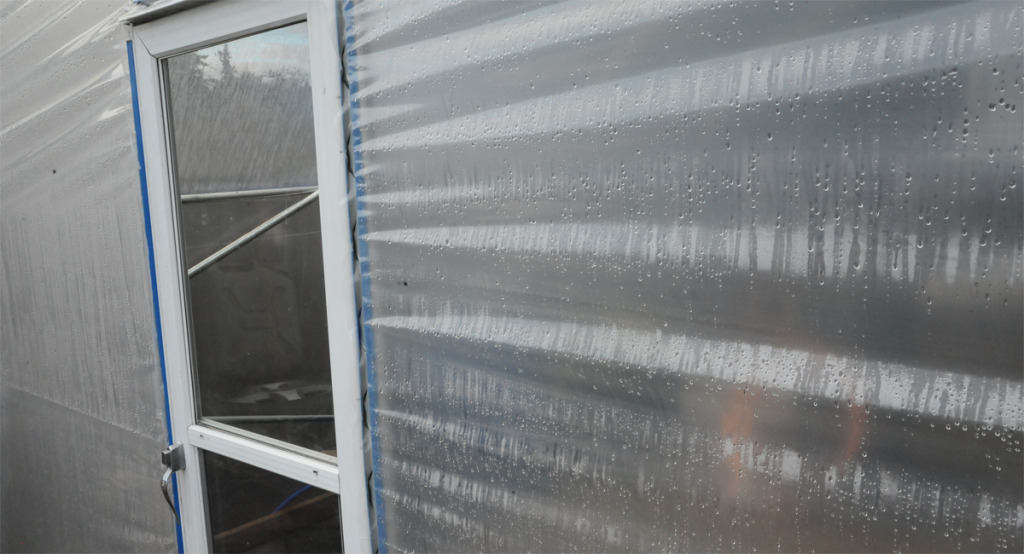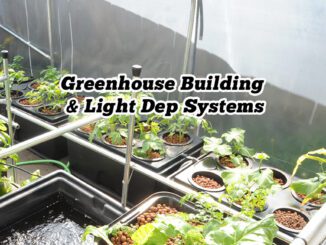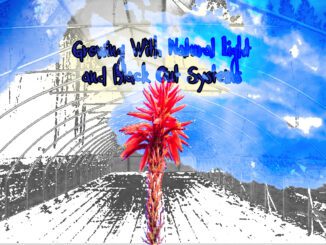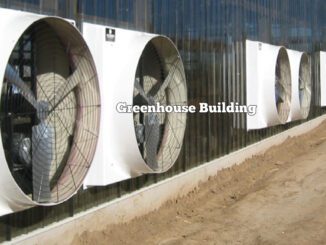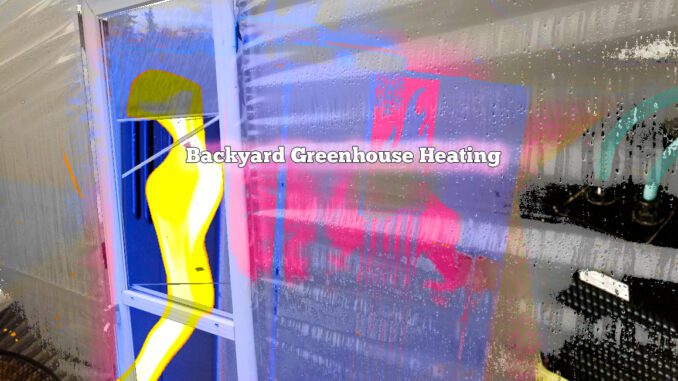
Backyard Greenhouse Heating
Effective & Practical Greenhouse Heating
Backyard Greenhouse Heating
Big or small, if you cultivate crops in a greenhouse to extend the growing season or grow year long it is likely that you will need to heat your greenhouse. In most parts of the world, this can be a serious expense, and can make or break an operation financially. So let’s talk backyard greenhouse heating basics-with some bits even Pros may gleam some gems from..
Plants are very sensitive to temperature. Besides the risk of frost damage, cold temperatures or wild swings in temperature stresses plants and they are more likely to incur problems like nutrient disorders or crop diseases. If clean and renewable power was free, this wouldn’t be an issue. However, hydroponics, aquaponics and organic greenhouse growers know that’s not the case. It pays in spades to spend some time thinking about, planning and installing a system, for reliable and effective backyard greenhouse heating.
While you could have some electric baseboard heaters installed and be done with it, the expense could become crushing to your backyard greenhouse growing endevours if you are using electricity supplied by your local grid. In reality, the best seatings combine several sources of heating–in financial and practical terms this is excellent “risk management” and hedges your heating budget tidily.
Lets have a quick look at some of the most common option available and the strengths and weaknesses they hold for backyard greenhouse heating.
Electric Heating
Electric baseboard heaters, forced air, construction heaters (box style) and hot water elements.
Pros:
- Clean
- Reliable when power is available
- Easy to Install
- Widely available
- Great for putting heat where you need it
Drawbacks:
- Often very expensive to operate
- Power outages could be devastating
- Wiring can be costly-both to the structure and within
- No additional benefits, for example the CO2 provided by gas fired heating
- There are limits as to how much power can be drawn from the source without major overhauls
Gas-Fired Forced Air
Furnaces, Unit Heaters–devices that burn Natural Gas (NG), Propane (LP) or similar cleaning burning fuels, and where the heat is distributed by fans
Pros:
- Common-and industry standard in smaller operations
- Reliable
- Clean
- May provide additional CO2 for better growth
- Helps create air flow and movement in the environment
- Little or no electricity required–easy to back up with small generator, battery, etc.
Drawbacks:
- Pricing of heating may fluctuate
- Often requires gas-fitting; specialized installation on mid to larger scales
- Unit heaters are large and heavy to install
- Initial heater unit cost can be higher than electrical.
Hot Water Heating
A volume of hot water is heated by electric, gas or other means and is circulated as required to provide heat
Pros:
- Very efficient-water is a great way to capture and distribute heat
- Can switch heating fuel source as needed–circulation system remains the same
- If gas fired, additional benefit with CO2 may be realized
- Puts heat directly where needed, ie root zone for significant improvements in heating efficiency
- Distribution system may be used for cooling/chilling in warmer months
- Highly flexible
Drawbacks:
- More time and thought to install
- May carry higher initial purchase price
- More maintenance required
How Do you Know How Much Heat and What Size of Heater to Get?
We think this is an awesome backyard greenhouse heating calculator to determine how many BTU’s of heating are recommended:
Looking for a complete package, with the heater already sized and included?
Here’s a great example of some components used to install a small-scale hot water heating system that also provides supplemental CO2 for better crop growth as a by-product of fulfilling the greenhouses’s heating requirements
